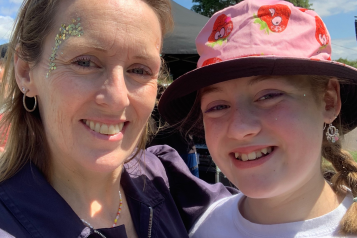Strong link between childhood trauma and self-harming in teenagers is found in new University of Bristol study
For each negative childhood hood experience, the university found that a young person is 11 per cent more likely to self-harm at the age of 16, and 22 per cent more likely to have self-harmed with suicidal intent. Researchers looked at inflammation by taking blood samples. In response to acute stress, the body's sympathetic nervous system is activated due to the sudden release of hormones. The sympathetic nervous systems stimulate the adrenal glands triggering the release of catecholamines, which include adrenaline and noradrenaline.
There is already current evidence to link ACEs and teenage self-harm, it was not known if biological reactions to stress, ‘fight or flight’, could explain this. Previous work has looked at adversity and inflammatory markers and at inflammation and self-harm but this is the first study to look at all three together. Research looking at inflammation and self-harm in young people is also rare as the vast majority of studies are on adult samples.
Published today (Thursday 5 September) in a special edition of the Journal of Child Psychology and Psychiatry, this research is one of several studies funded by the Medical Research Foundation and the Medical Research Council (MRC) to examine the biological underpinnings of self-harm in teenagers.
Lead author Senior Research Associate in Epidemiology Abby Russell said: “This is the first study to directly examine whether the relationship between adverse childhood experiences and self-harm is due to inflammation.
“Our findings confirm that ACEs are a useful indicator of an increased risk of teenage self-harm. By making use of a large longitudinal study we were also able to conclude that inflammatory markers in childhood are probably not a good indicator of risk of later self-harm.
“This is all helpful to direct future research towards alternative biological and psychological pathways for the risk of self-harm and suicide. It also provides more evidence of the importance of preventing children from experiencing adversity, supporting the need for local authority initiatives like Bristol City Council who are developing an ACE-aware city, with interventions to help protect the mental health of future generations.”
Paper: Pathways between early life adversity and adolescent self-harm; the mediating role of inflammation in the Avon Longitudinal Study of Parents and Children (ALSPAC) by Abigail Russell, Jon Heron, David Gunnell.


